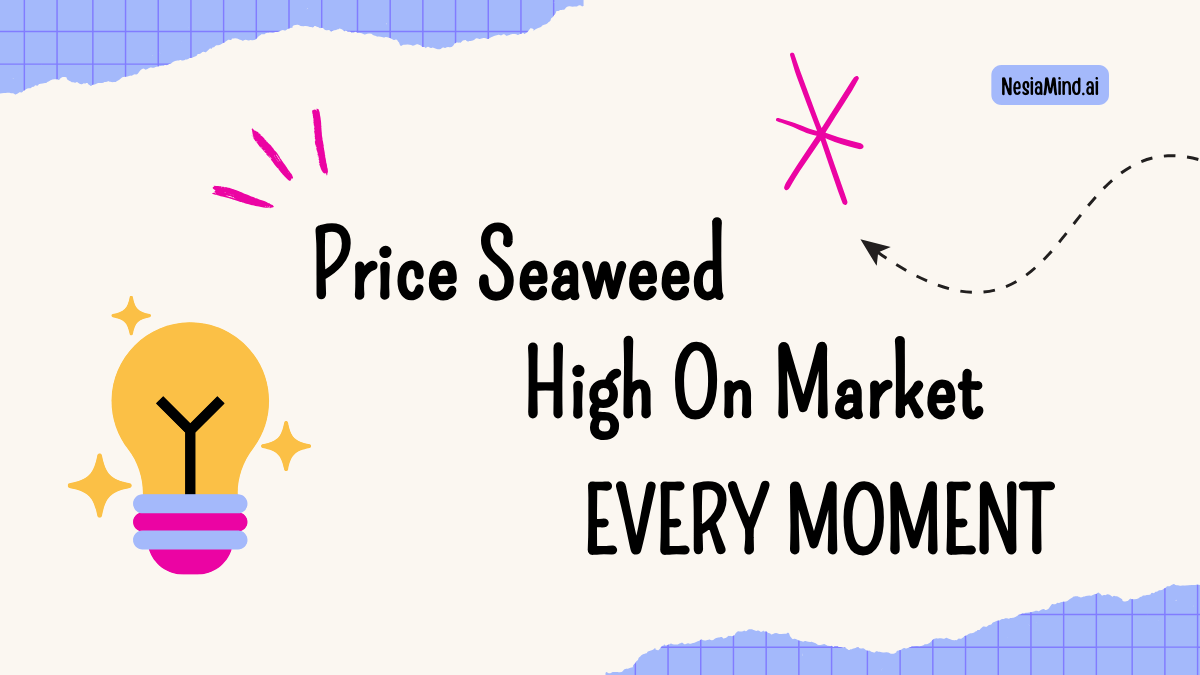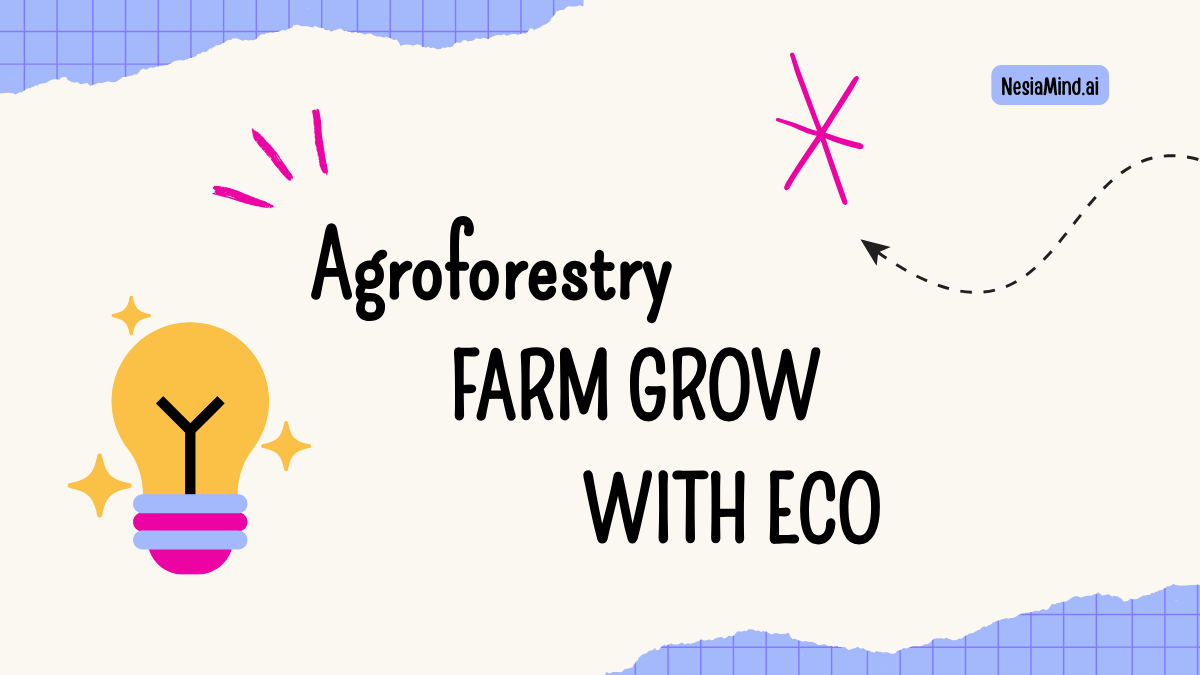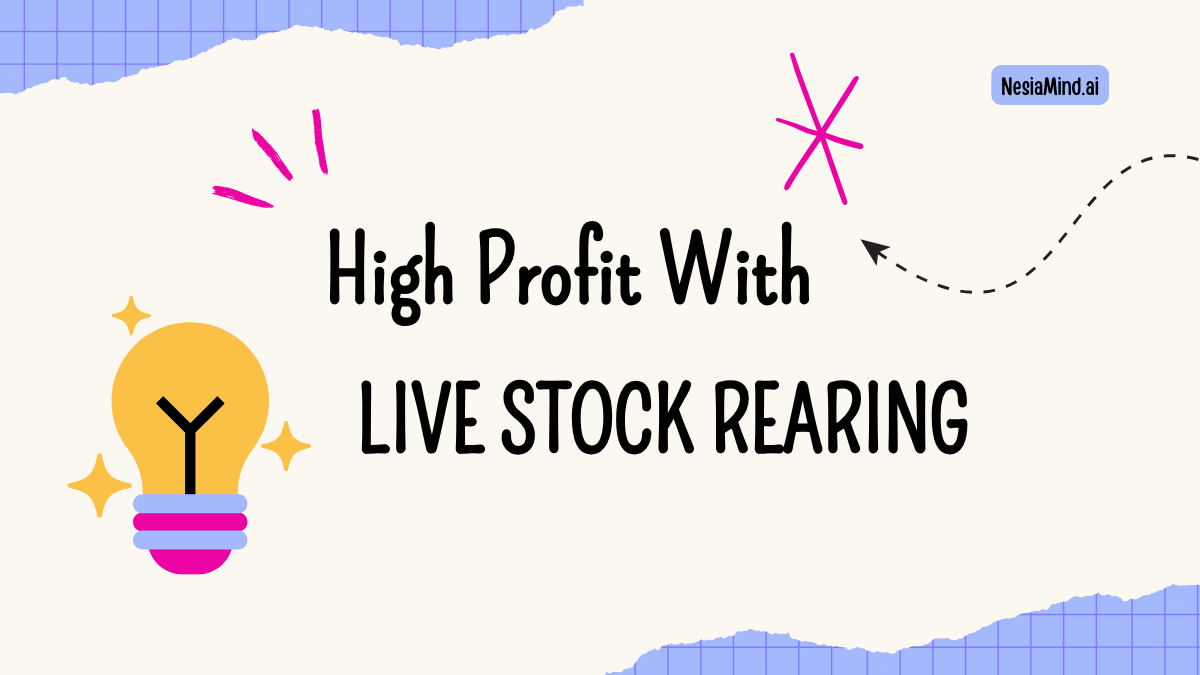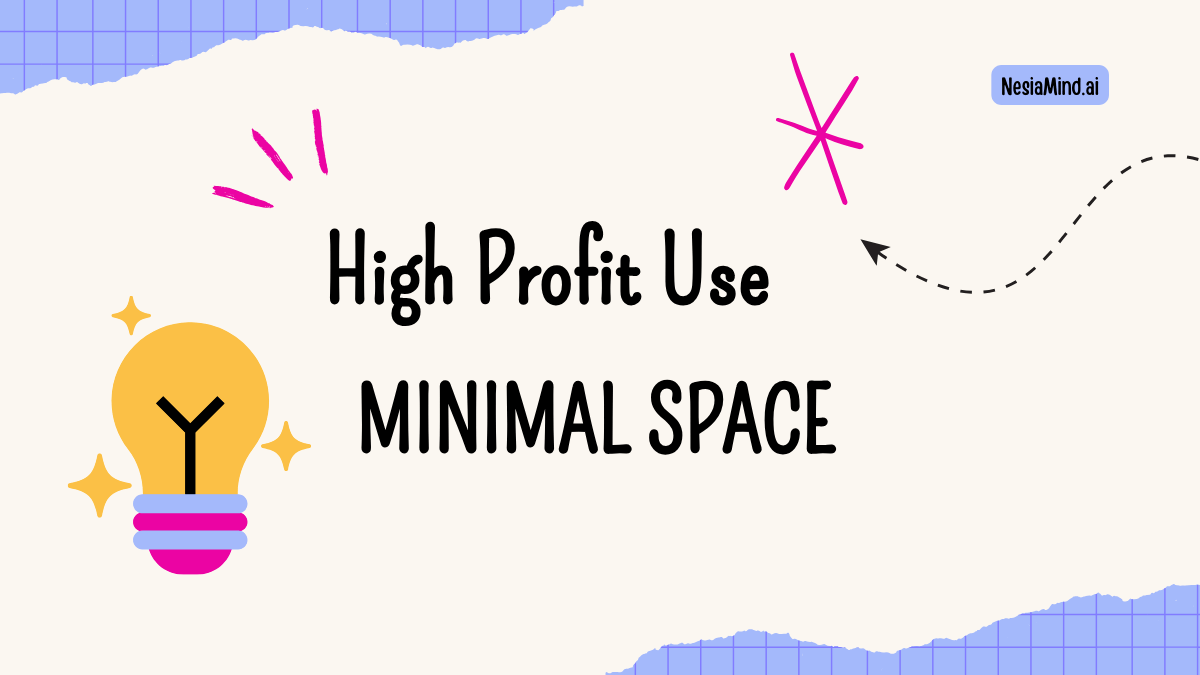Mushroom Harvesting Business for Selling Truffles and Morels at High Prices
The world of mushroom harvesting has been quietly growing into a lucrative niche market. Certain types of mushrooms, like truffles and morels, fetch sky-high expenses.
In recent years, the demand for these rare delicacies has exploded, offering a unique opportunity for those looking to profit from something that grows naturally.
But succeeding in the mushroom business isn’t as simple as picking and selling a few mushrooms. It demands knowledge, strategy, patience, and an understanding of how to carry these rare fungi to market at top dollar.
Understanding Truffles and Morels
The Elusive Truffle: Subterranean Gold
Truffles often dubbed “black diamonds” or “white gold” are more than culinary curiosities; they are a testament to nature’s hidden alchemy. There are several prized species:
-
Black Winter Truffle (Tuber melanosporum) thrives in calcareous soils of southwestern Europe. It emits an intense aroma of earth and black pepper. Harvest windows span December through March.
-
White Alba Truffle (Tuber magnatum pico) demands mist-laden Piedmont woodlands. Its volatile bouquet of garlic and cheese commands prices from $2 000 to $6 000 per kilogram at auction.
These fungi form obligate ectomycorrhizal relationships with oak, hazelnut, poplar, and beech. They exchange minerals and water for plant-derived carbohydrates. Unlike above-ground mushrooms, truffles burrow 5–15 centimeters below the duff layer. Skilled dogs or pigs trained with successive scent-reward drills cascade through leaf litter, alerting harvesters to each buried gem.
Harvesting is surgical: remove only 10–20 percent of truffles in a patch annually to preserve genetic diversity and avoid damaging the mycelial network. After digging, backfill holes and lightly tamp the soil to maintain habitat integrity. Through judicious stewardship, a mature truffle orchard can yield 25–50 kg per hectare each season for decades.
The Honeycomb Morel: Spring’s Quick Bounty
Morels (genus Morchella) are spring ephemerals, often the first wild mushrooms to appear after snowmelt. Key species include:
-
Yellow Morel (M. esculenta) widespread across North America and Europe, with a honey-gold cap that ripens in April–May.
-
Black Morel (M. elata complex) found in cooler climates and often associated with coniferous stands and stream banks.
-
Half-Free Morel (M. punctipes) grows in disturbed sites and flood plains, recognizable by its cap partially attached to the stem.
Morels flourish in post-disturbance environments areas scarred by last year’s fires, windthrows, or human clearing. The nutrient-rich ash and exposed mineral soils create ideal breeding grounds for spore germination. Season length is short often only 2–4 weeks before caps become brittle and inedible. An experienced forager learns to read soil temperature (optimal 10–12 °C at 5 cm depth) and moisture cycles: 15–25 mm rainfall followed by mild days often triggers mass fruiting.
Sustainability dictates that foragers harvest no more than 50 percent of mature mushrooms in a patch, leaving the remainder to sporulate. Small stakes mark prolific areas for return visits, and GPS mapping ensures minimal trampling. When properly cured air-dried at 40–45 °C morels retain peak flavor and can fetch $200–$600 per kilogram on gourmet markets.
The Rising Demand for Gourmet Mushrooms
Culinary Prestige Fuels Consumption
In haute cuisine, nothing elevates a dish like a whisper of truffle or a drizzle of morel-infused stock. Since the 1980s, fine-dining establishments have increased their wild-mushroom purchases by an average of 8 percent annually. Chefs prize:
-
Aroma intensity of black winter truffles layered into butter and risotto.
-
Umami depth of sauteéd morels folded into spring game sauces.
Iconic restaurants from Paris’s Michelin-starred temples to New York’s cutting-edge bistros place standing orders months in advance. Celebrity chefs, including Massimo Bottura and René Redzepi, have propelled wild mushrooms into global menu phenomena, driving prices even higher.
Market Dynamics and Price Points
Global trade data reveal that Europe consumes over 800 t of black truffles annually, with 60 percent of that originating from France, Italy, and Spain. White truffle harvests though smaller (circa 50 t per year) routinely achieve record auction prices (over $4 500/kg). In North America, domestic foragers supply roughly 100 t of morels each spring, valued at $60 million in retail sales.
Online platforms and specialty purveyors now offer pre-booked truffle “futures,” allowing buyers to secure September–December harvests by June at a 15 percent premium. This forward contracting stabilizes income for growers and caters to elite consumers seeking guaranteed supply.
Emerging Consumer Segments
Beyond restaurants, affluent home cooks and boutique grocers fuel demand. Gift-ready packaging hand-crafted wooden boxes with foam inserts and humidity-control liners commands $150–$300 per 50 g of black truffle. Subscription boxes delivering dried morels and truffle-infused oils have grown by 25 percent year-over-year, tapping into e-commerce channels resilient to global disruptions.
Health and wellness trends further bolster market expansion. Wild mushrooms’ bioactive compounds ergothioneine in morels and truffle polysaccharides are marketed for antioxidant and anti-inflammatory benefits. With gourmet mushroom consumption projected to grow at 9 percent annually through 2028, the niche now sits squarely in both culinary luxury and functional food domains.
Key Steps to Starting a Mushroom Harvesting Business
1.Learn the Fine Art of Mycological Foraging
Becoming a seasoned forager is less about luck and more about cultivating a sixth sense for fungal ecology. Spend months wandering woodlands at dawn, noting microhabitats where moss clings to decaying logs or leaf mold accumulates in sun-dappled glades. Keep a leather-bound field journal sketch spore-print hues against vellum, record subtle cap textures, and map GPS waypoints of each find. Enlist the wisdom of local mycology clubs, attend hands-on workshops, and compare notes with veteran hunters. Over time you’ll recognize that a sudden waft of petrichor after heavy rain or a particular confluence of sugar maples and beech trees often heralds a morel bonanza. This iterative learning, steeped in observation and trial, trains you to spot prime foraging zones with surgical precision.
2.Decipher the Subterranean Ecosystem
Truffles do not simply pop up randomly they form symbiotic alliances with tree roots in well-defined biomes. Invest in inexpensive soil probes to measure pH, moisture content, and organic matter depth. Seek out limestone-rich soils with pH between 7.5 and 8.3, a tell-tale sign of truffle-friendly terrain. Map your prospective truffières with soil surveys and canopy analyses: healthy hazelnut orchards or mature oak stands often conceal the most prolific truffle beds. For morels, identify post-disturbance corridors areas scarred by last year’s fire or logging activity where charred wood and mineral-rich ash provide the perfect springboard for fungal fruiting. A discerning eye for edaphic nuances ensures you’re not wandering aimlessly but zeroing in on true fungal hotspots.
3.Refine the Harvest Protocol
Precision harvesting preserves both mushroom quality and ecological balance. For morels, gently twist each specimen at its base, avoiding knife cuts that leave stumps where spores germinate. After collection, lay them in shallow, ventilated baskets never plastic bags to avoid moisture build-up and bruising. Truffle hunting demands even greater tact: train scent-dogs with incremental scent intensity exercises, progressing from hidden truffle fragments under leaf mold to mature truffles buried six inches deep. When a dog signals, use a curved truffle spade to excavate in a neat semicircle, then backfill the hole promptly to protect the subterranean network. Each truffle you unearth should be handled with lint-free gloves and placed on dry, absorbent cloth to wick away excess soil.
4.Master the Gourmet Marketplace
High-end restaurants and discerning importers expect more than just a fine fungi they demand provenance and consistency. Craft a tiered pricing structure: “First-flush morels” (premium, 20–25 g forplating) command top dollar, while smaller “grill packs” (10–15 g) serve bistros on tight margins. Offer truffles graded by aroma intensity and peridium smoothness label them as “Grade A black winter truffles” or “Grade B summer truffles” to transparently signal quality. Attend gastronomic expos and host private tastings for top chefs; this face-to-face rapport builds trust and often leads to multi-year contracts. For direct-to-consumer channels, develop artisanal packaging hand-stamped wooden boxes with breathable liners and include tasting notes and recipe suggestions to elevate perceived value.
5.Enshrine Sustainability and Regeneration
Ethical stewardship underpins long-term viability. Never harvest every mushroom in a patch; leave at least one mature morel or truffle behind to complete its reproductive cycle. Rotate your foraging zones annually, allowing mycelial networks time to recover. For cultivated truffières, implement crop-rest intervals: after a three-year harvest run, rest the orchard for 12–18 months, applying organic mulches and cover crops like clover to boost soil vitality. Document all interventions harvest dates, yield per square meter, environmental conditions in a digital GIS log. Sharing this data with local conservation agencies and mycologists not only cements your reputation as a responsible harvester but can also unlock grants or tax incentives for habitat restoration.
6.Strategize for Uncertainty and Growth
Mushroom yields fluctuate wildly with weather whims. Build financial resilience by diversifying your product line: transform surplus morels into freeze-dried powders, infusion oils, or pre-brined packets that chefs can shelf-stock during lean months. Partner with local food artisans pasta makers, pâtissiers to develop co-branded products that showcase your fungi year-round. Establish a small reserve fund equal to three months of operating costs to weather low-yield seasons. Monitor market signals such as shifts in restaurant booking rates or changes in gourmet import tariffs and adjust your harvest plans accordingly. By anticipating variability and crafting multiple revenue streams, you’ll ensure that your mushroom enterprise thrives even when Mother Nature throws you a curveball.
Tips and Tricks for Successful Mushroom Harvesting
1.Invest in Precision Foraging Tools
Equip yourself with a set of purpose-built implements: a serrated-handled mushroom knife with integrated bristle brush, lightweight ventilated baskets to prevent moisture buildup, and collapsible mesh bags for small specimens. A quality GPS-enabled handheld or smartphone app helps map productive zones and avoids trampling mycelial networks. For underground species like truffles, train detection dogs with positive-reinforcement drills, using small sample inoculations buried at varying depths to build keen scent recognition even in wet or windy conditions.
2.Master Species Identification and Habitat Mapping
Beyond field guides, cultivate a custom photo log of local microhabitats oak duff, pine needles, or mossy logs where target species flourish. Note soil pH, canopy density, and slope aspect in a digital spreadsheet patterns will emerge indicating prime fruiting spots. Carry a notebook to record subtle differences: gill attachment, spore print color, cap morphology. Periodically cross-reference your finds with mycology clubs or academic herbariums to validate identifications and uncover emerging species trends.
3.Build Long-Term Chef and Buyer Partnerships
Cultivating trust through consistent, high-quality deliveries turns one-off sales into stable accounts. Offer seasonal “first flush” bundles at a slight premium and invite chefs for guided foraging walks demonstrating your expertise and reinforcing your brand’s authenticity. Provide post-purchase support such as storage tips or recipe suggestions that highlight your mushrooms’ flavor profiles. In return, gather feedback on size, freshness, and packaging to refine your harvest to chef specifications.
4.Embrace Niche and Underexploited Varieties
While chanterelles and morels command attention, scout for oyster mushrooms on fallen hardwood or hedgehogs (Hydnum) under conifers. Experiment with lion’s mane on decaying beech stumps, or pine-infused saffron milk caps (Lactarius deliciosus) in coniferous groves. Early-season oyster species like Pleurotus pulmonarius can bridge gaps before porcini emerge. By offering 6–8 specialty species, you boost menu versatility and insulate your business against market saturation in popular lines.
5.Implement Year-Round Preservation Strategies
Develop a calendar for sun-drying, low-temperature dehydration, and freeze-drying to capture peak-season flavors. Invest in a belt dehydrator that maintains 40–50 °C to preserve volatile aromatics. Test vacuum-sealed jars with oxygen absorbers to gauge shelf life under restaurant use. Offer chefs rehydration protocols soak times, stock ratios to ensure preserved mushrooms perform reliably in sauces and risottos during lean months.
6.Optimize Harvest Timing and Techniques
Track local weather patterns and degree-day accumulations: many mushrooms fruit 3–5 days after 10–20 mm of rain followed by mild temperatures. Use a refractometer to measure substrate moisture levels optimal fruiting often occurs when wood moisture is 50–60 percent. In delicate species, perform a gentle twisting motion rather than cutting to avoid damaging underlying mycelium. Leave a small stub on each stem to reduce pathogen entry into the substrate.
7.Sanitation and Post-Harvest Handling
Immediately brush off debris in the field without rinsing; waterlogged mushrooms lose firmness and spoil faster. Transport within ventilated, clean crates lined with wax paper, stacking no more than three layers high to prevent crushing. At your processing station, sanitize work surfaces with a food-grade quaternary ammonium wash and change gloves between species to prevent cross-contamination critical when handling wild foraged fungi that may harbor spoilage organisms.
8.Leverage Data-Driven Yield Forecasting
Maintain harvest logs logging species, weight per square meter of habitat, and date. Apply simple linear regression to forecast upcoming yields adjust for anomalies like drought or pest outbreaks. Use these projections to plan staffing, packing supplies, and delivery schedules. Over 2–3 seasons you’ll refine accuracy to within 10 percent, minimizing both over-harvest risks and under-supply shortfalls.
9.Integrate Sustainable Wildcrafting Practices
Rotate harvest areas annually to allow mycelial networks to recover. Avoid raking or excessive soil disturbance; prune only mature fruit bodies, leaving secondary, less-mature buttons to propagate spores. Educate any helpers on proper spacing harvesting only one mushroom per 10 × 10 m patch prevents local depletion. Partner with conservation groups to report rare species sightings, bolstering ecological stewardship cred.
10.Develop Robust Risk-Management Protocols
Carry comprehensive first-aid kits and beehive deterrents when foraging near alder stands. Implement a field-to-kitchen traceability system using QR-coded harvest tags linking each batch to GPS coordinates, harvest date, and cleaner notes. Insure your operation under a specialized agricultural or food-safety policy covering allergic reaction liabilities and spoilage losses.
By deepening your toolkit, ecological insights, and market relationships, these expanded strategies elevate mushroom harvesting from ad hoc forays to a disciplined, data-driven enterprise ensuring premium product quality, sustainable yields, and enduring chef partnerships.
Conclusion











Leave a Reply